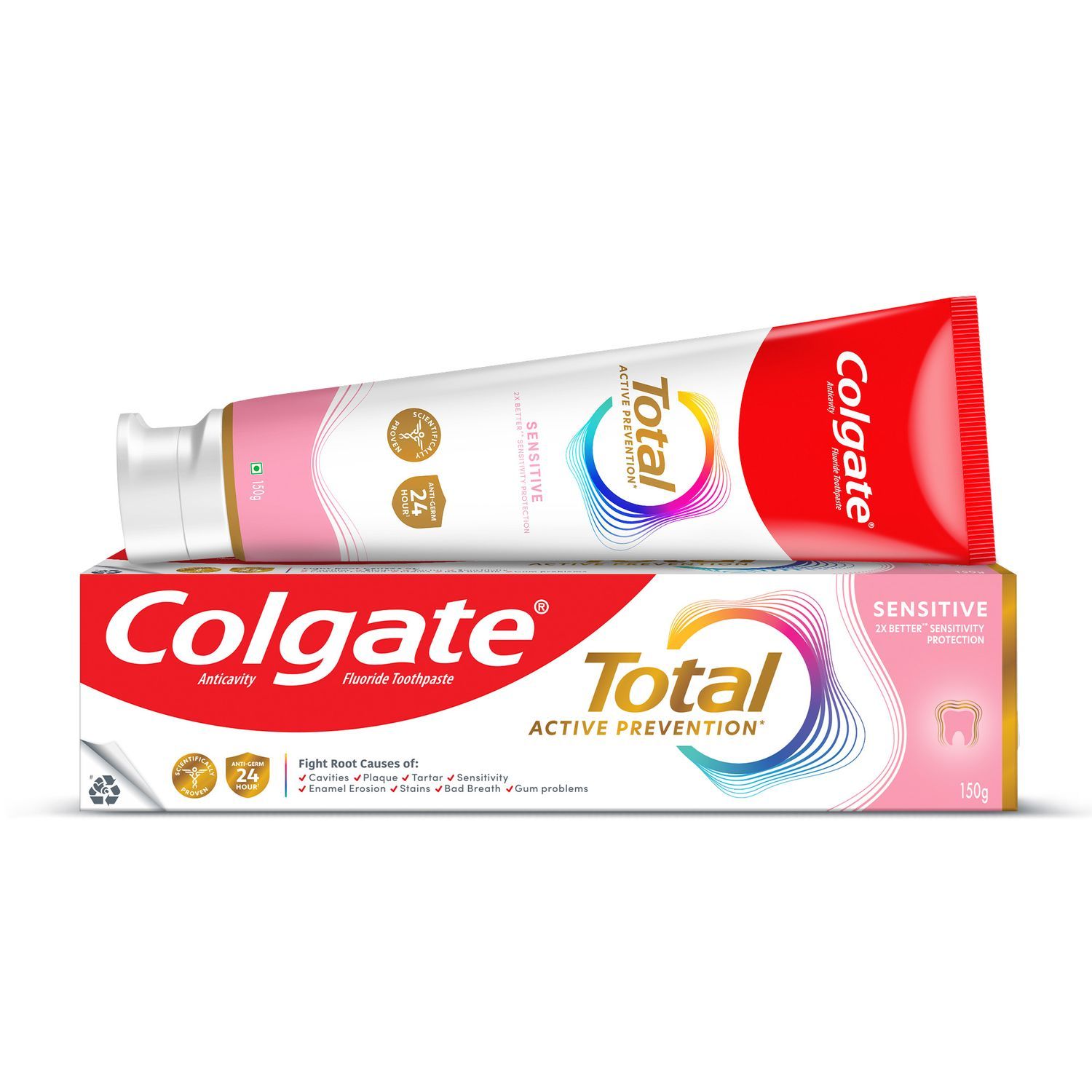What are Rubber Bands for Braces and Why Are They Used?
Before we chat about rubber bands and their function, it's essential to first look at braces, how they work, and where rubber bands fit into the whole system. Braces are the most common appliance used in orthodontic treatment. They have two main parts: brackets and wires. Wires move the teeth, while brackets are attached to the teeth and hold the wires. Sometimes, the wires on some braces are held in place by tiny rubber bands, or ligatures, that come in various fun colours—though these are different from the rubber bands we're talking about here.
So, where do the rubber bands come into play? The brackets and wires work together to put pressure on teeth to move them into the correct position over time gradually. Sometimes, your child's orthodontist may prescribe rubber bands, which attach to the braces on tiny hooks on the upper and lower brackets. The configuration will either be vertical or diagonal—and sometimes, your orthodontist may give you a hook tool for easy insertion.
Benefits of Using Rubber Bands with Braces
There are two main benefits of using rubber bands with braces, which overlap, in a sense. The main advantage of rubber bands is that they can help provide extra force to move teeth into positions that braces cannot do independently. They're like an additional tool that helps create more precise tension and pressure. The second benefit of rubber bands is that they might help speed up the alignment process, which means your child can get to a bright, confident smile even sooner.
When it comes to orthodontics as a whole, the benefits of braces are not just for looks—in fact, proper orthodontic treatment can improve your child or teenager's bite and can help improve their speech. Plus, straight teeth are also less prone to decay, gum disease, and injury. When it does come to looks, though, a straighter smile can aid in self-confidence. While there will be an adjustment period, braces are a win-win for oral health, appearance, and self-esteem.
Maintenance and Care When Using Rubber Bands
Maintaining your oral care while having rubber bands takes a little planning—the rubber bands will need to be removed during meals, brushing and flossing, and replaced daily. Further, your child's orthodontist will likely recommend staying away from hard, sticky, and crunchy foods as well as soft or acidic drinks. Your orthodontist should provide you with everything you need to know about having the healthiest oral hygiene while using rubber bands.
Not every child or teenager with braces needs rubber bands, as it depends on your child's teeth and jaw alignment. But if your orthodontist recommends them, you and your child don't need to worry. While having rubber bands in your mouth may seem daunting or uncomfortable, they're easy to insert, remove and, above all, help align your child's teeth aligned so that they can have more confident smiles faster.
This article is intended to promote understanding of and knowledge about general oral health topics. It is not intended to be a substitute for professional advice, diagnosis or treatment. Always seek the advice of your dentist or other qualified healthcare provider with any questions you may have regarding a medical condition or treatment.
ORAL HEALTH QUIZ
What's behind your smile?
Take our Oral Health assessment to get the most from your oral care routine
ORAL HEALTH QUIZ
What's behind your smile?
Take our Oral Health assessment to get the most from your oral care routine













